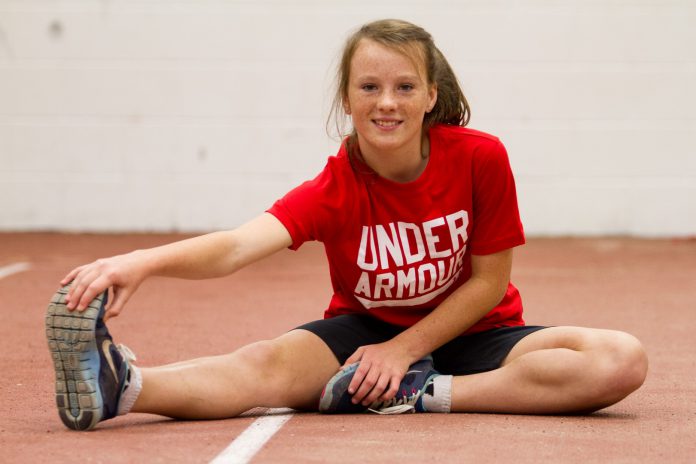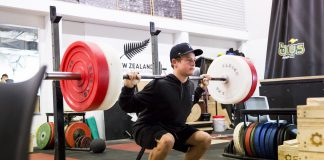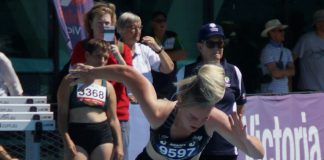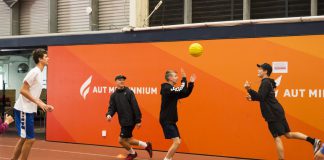Did you know: Girls Are 6 Times More Likely to Get Injured Than Boys?
Participation in youth sport has increased dramatically in recent years, with athletes starting out in highly competitive environments at much younger ages.
The more our young athletes participate in youth sport, the higher the risk of injury, especially when athletes lack the physical qualities to resist it.
Girls are much more likely to suffer a devastating injury than boys, which is why exercises specifically targeted to prevent injury are essential for young female athletes.
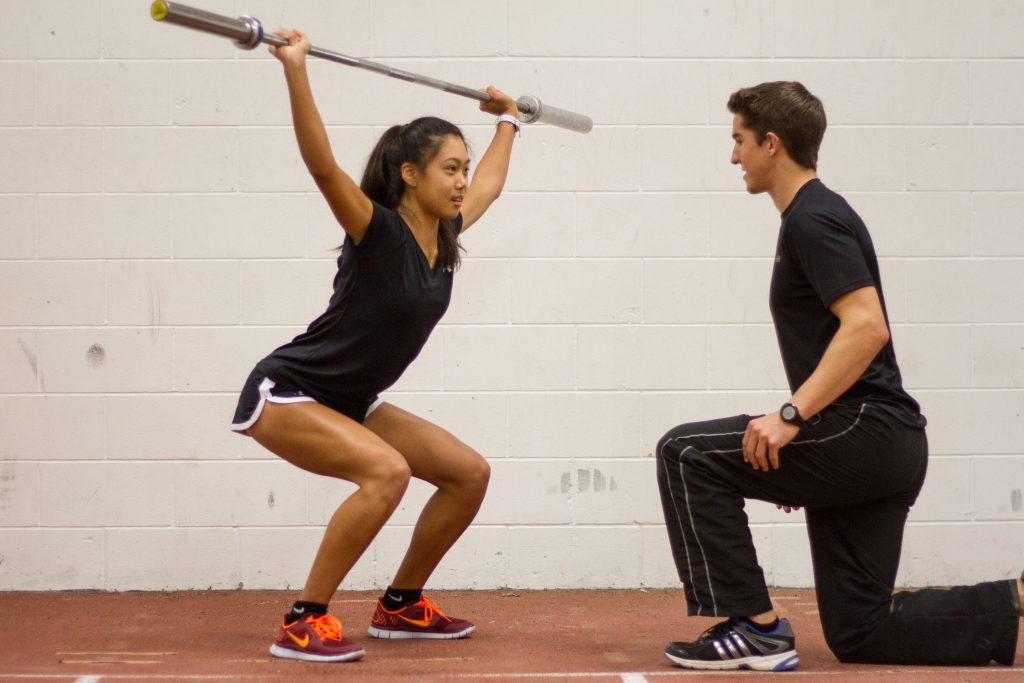 Girls vs. boys & changing biology
Girls vs. boys & changing biology
As girls move through puberty, their development differs from boys. Sex-specific hormones kick in and changes in anatomy occur.
The most important difference is to do with physical qualities. Boys get stronger whereas girls’ strength, power and coordination decreases.
The result? A potentially dangerous change in biomechanics.
During a young girls’ biological development, the muscles responsible for controlling the lower body develop weaknesses, meaning simple movements used all the time in sport, like landing, are riskier.
Research shows that tearing the anterior-cruciate ligament (ACL) during landing, cutting and pivoting movements is 6 times more likely in girls compared with boys.
Why? Weak hip and core muscles, responsible for controlling leg stability, can cause excessive internal rotation of the knee when the foot hits the ground during a cutting manoeuvre.
When it happens at high speeds, or under enough physical stress, the ligament inside the joint can tear.
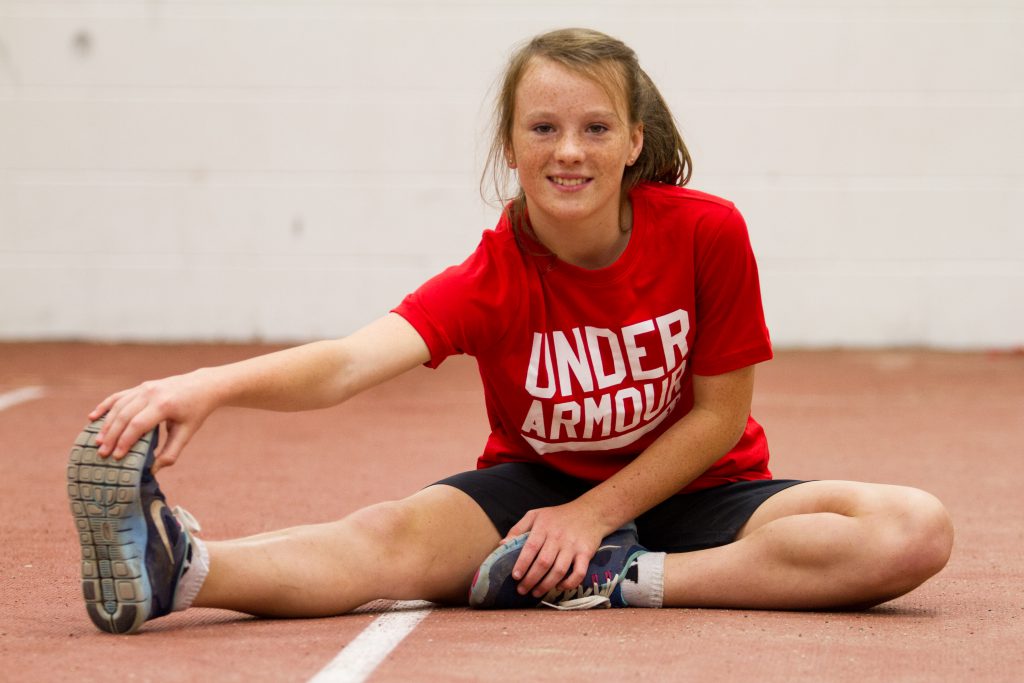 Injury Prevention Training is Essential
Injury Prevention Training is Essential
The good news is that most sports-related injuries are avoidable.
Evidence shows that ACL injury risk is reduced by 72% in girls under the age of 18 with appropriate training, including muscle strengthening exercise.
But here’s the thing.
It needs to start in pre-adolescence, before girls hit puberty and start to develop muscle weaknesses.
to have the most impact on injury reduction, injury prevention needs to start before competitive sport begins.
Female athletes who are strong enough to resist sporting injury evolve from well developed P.E. programmes, junior sport warm ups and after-school activities specifically designed to increase strength, balance and coordination.
Most importantly, to prevent injury (rather than reinforce bad biomechanics and therefore increase it), exercise programmes must be appropriately prescribed, sensibly progressed over time, and involve quality supervision and feedback.
And the interesting part? Not only do these exercise regimes significantly reduce injury risk, they also increase performance, helping athletes run faster and jump higher at the same time.

























